When visitors come to the Occidental Arts & Ecology Center, they are not showing up to a hotel or conference center. They come as honored guests in our home.
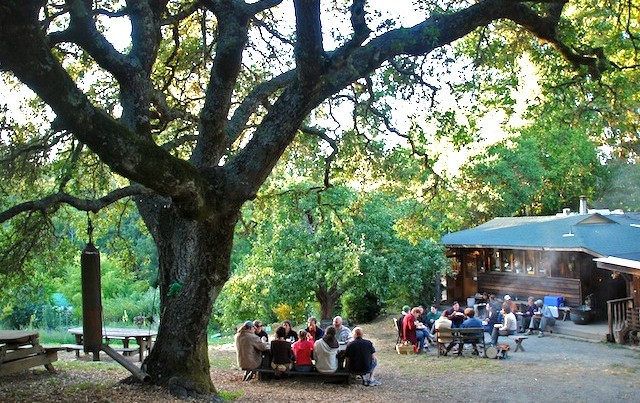
In 1994, a group of seven friends established residency on this land, forming a limited liability company (LLC) called Sowing Circle. Soon after, the group founded the Occidental Arts & Ecology Center, a non-profit 501(c)3 organization that would reside in the same place.
The goal of the interrelationship between these two entities is to create a resilient and restorative version of the best of what our ancestors enjoyed while also pioneering something contemporary, unique and capable of addressing the challenges of today’s world. After two decades of collective living and land management, Sowing Circle and OAEC demonstrate that building restored and resilient communities requires a long-term investment in relationships and places.
Catastrophic loss of cultural and linguistic diversity worldwide has paralleled a loss in biodiversity, and with that, precious links to clues about how to live in harmony with the land through language, food, story and tradition.
Diversity is at the heart of resilience, as we can see in healthy ecosystems. Compared to the isolated nuclear family home dependent on the global economy, the land-based village model is a haven for resource and relationship diversity because it hosts a locally based network of interrelationships.
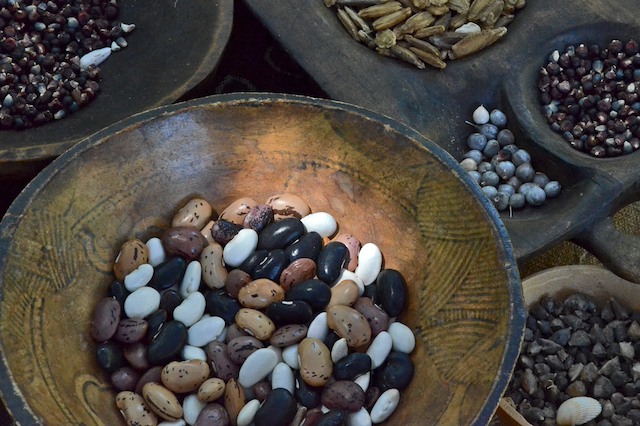
Communities are more resilient.
Resilience is the capacity of human-created systems to meet challenges and to appropriately adjust to changing conditions, now becoming the norm. When non-resilient systems are stressed, they have very little capacity to successfully meet and adapt to unpredicted events.
The nuclear family and suburban models are not resilient systems. They require an enormous amount of resources to be sustained, and create far more waste per capita than does a way of living that is based on sharing resources. Building intentional communities is one method of fostering regional resilience through resource and relationship diversity.
SOWING CIRCLE COMMUNITY
In this community, life and work are often inseparable.
The Sowing Circle intentional community is committed to sharing land, resources, skills, labor, and ideas, and to exploring new approaches to the challenge of living in an ecologically sustainable way. Half of the members work on-site for the Center, while others work both on- and off-site in their various fields.
As an intentional project in shared living, Sowing Circle seeks to help reverse current social and economic patterns that create hyper-individualism, consumerism and alienation from nature. Sowing Circle and OAEC are both dedicated to creating a vision, practice and culture of right livelihood. The group intends to stay and create real abundance in place over time — not only for themselves, but for the many people that will come after them. This long-term orientation leads naturally to resource conservation and an interest in restoration, not exploitation.
In the Hands of the Commons
Like many traditional land-based cultures, most of the land and facilities in this community are in the hands of the commons.
One of the first actions taken in the founding of the Sowing Circle community was an agreement made by all partners that each owner’s “share” in the company that owns the land would not be linked to the land’s market value. This took the land off the market and affirmed that relationship, the good of the whole, and kinship with the land are all more important than the conventional rights associated with ownership of property.
Also, in 1994 — with long-term stewardship of this land in mind — Sowing Circle, the Sonoma Land Trust and the Warsh-Mott Legacy (the previous landowner) collaborated to author and endow the first Organic Agricultural Easement in the country. The easement protects in perpetuity the organic gardens and orchards from any development or any use of chemical fertilizers and pesticides.
Self-Governance
Sowing Circle community members self-govern using consensus process, a cooperative and collaborative decision-making tool that brings together the best ideas and concerns of all group members to forge solutions that are in the best interest of the whole.
Membership
The Sowing Circle Community is not open for membership. We cannot expand our permanent resident base both because of county zoning restrictions as well as the natural carrying capacity of this land.
COMMUNITIES MOVEMENT
Finding Community
If you are looking for intentional community, try these resources:
- Visit the Foundation for Intentional Community website.
- The FIC’s Communities Directory has a list of communities looking for new members.
Intentional Communities weave together the often disjointed core components of our lives: family, work, home, social change, spirituality, celebration and friends.
Modeled after traditional land-based communities around the world, modern intentional communities provide a method of organizing culture around natural processes, encouraging significant resource conservation and waste reduction through the sharing of resources. An evolved knowledge of place passed down through the generations leads to a feeling of continuity, purpose, and ultimately, right action.
However, you don’t have to buy land rurally to appreciate the benefits of living in community. Urban and suburban neighbors are tearing down fences, sharing bulk food, growing community gardens, organizing childcare cooperatives, supporting multi-generational engagement and creating innovative strategies to live in right relationship beyond the models of single family homes and private property. Every community has the knowledge, the power and the right to determine the best sharing model for their place. Resilient Community Design >
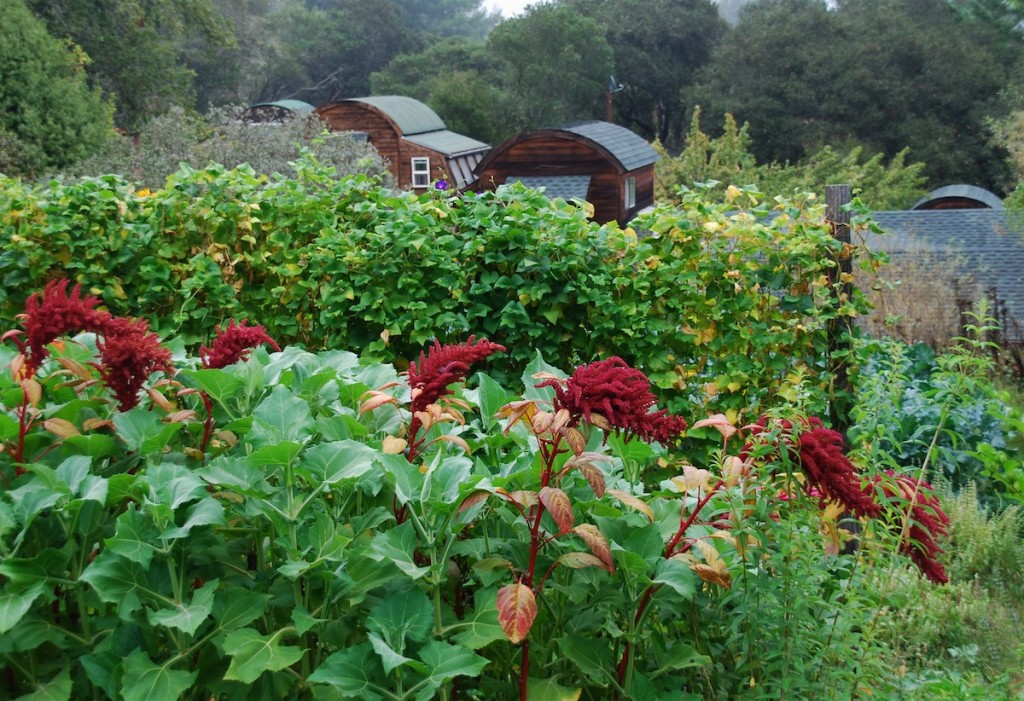
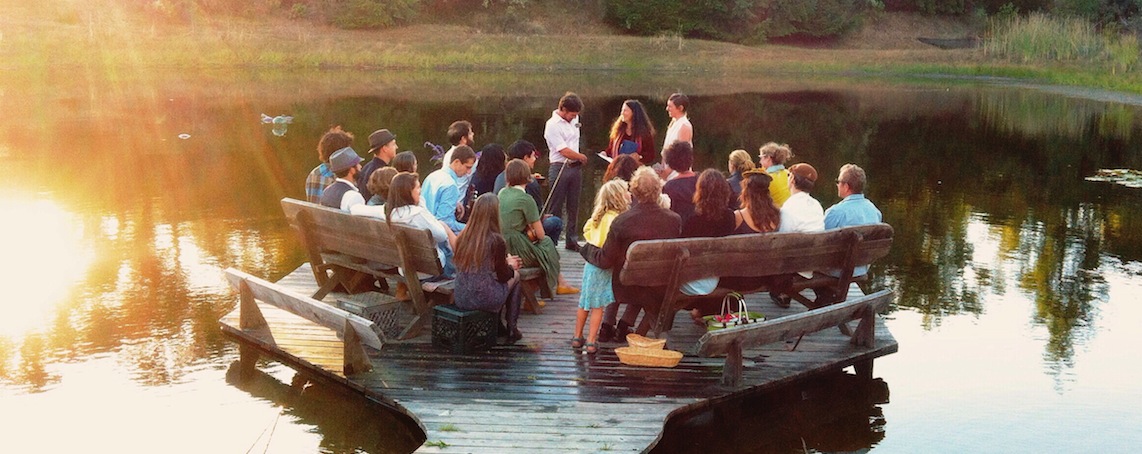
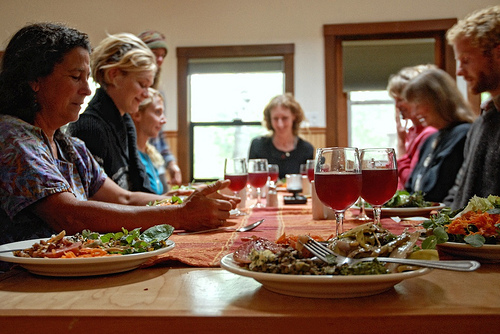






1 thought on “Intentional Community”